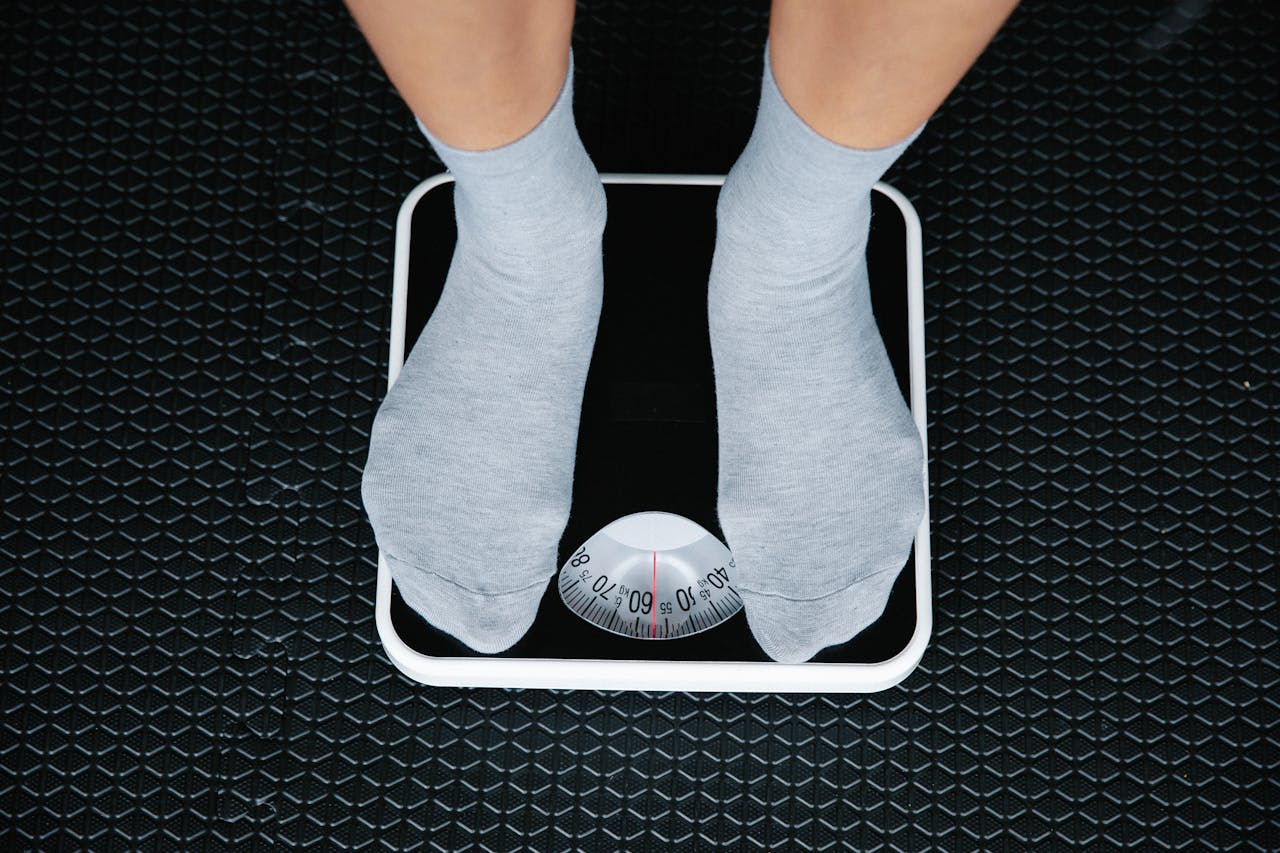
Okay, let’s talk about something every single person on a fitness journey will face at some point: the plateau.
You’re cruising along. You’re seeing changes, feeling stronger, clothes are fitting better, the numbers on the scale (if you’re tracking that) are moving in the right direction. Also, you’re feeling good about the consistency, about showing up.
Then, suddenly, the brakes get slammed on.
Your lifts stop increasing. The scale hasn’t budged in weeks. You feel like you’re putting in the same effort, but nothing’s happening. Moreover, it’s frustrating, demoralizing, and honestly, it can make you want to throw in the towel.
But here’s the thing: plateaus are completely normal. Firstly, they’re not a sign of failure. They’re a sign that your body is adapting, and it’s time to adapt your approach. So think of it as your body saying, “Alright, I’ve gotten comfortable with what you’re doing. What’s next?”
Why Do Plateaus Happen? (It’s Not Always What You Think)
There are a few common culprits behind a stalled fitness journey:
- Your Body Has Adapted (The Most Common One): This is the big one. When you first start a new routine or make dietary changes, your body responds quickly. But over time, it gets efficient. That same workout or calorie intake that once yielded results now just maintains. Your muscles are no longer getting the novel stimulus they need to grow, and your metabolism might have slowed slightly as you’ve lost weight.
- Not Eating Enough (Seriously!): This might sound counterintuitive if your goal is fat loss. But if you’re consistently in too extreme a calorie deficit, your metabolism can slow down dramatically as your body tries to conserve energy. You might also not be getting enough fuel to recover from workouts or build muscle effectively.
- Overtraining/Under-Recovering: Hitting it hard every single day without adequate rest is a recipe for disaster. Your muscles need time to repair and grow. Chronic fatigue, poor sleep, and constant soreness will hinder progress, not accelerate it. Your body is under constant stress, which can also impact hormones related to fat storage.
- Lack of Progressive Overload: Are you still lifting the same weights, doing the same number of reps, or running the same distance at the same pace? If you’re not continually challenging your muscles or your cardiovascular system in some way (more weight, more reps, harder intensity, longer duration), they have no reason to change.
- Hidden Calories/Inconsistent Nutrition: Maybe you started strong with tracking, but now you’re guesstimating. Or those “small” snacks or drinks here and there are adding up. Or perhaps your portion sizes have crept up. It’s easy to accidentally slip out of a calorie deficit without realizing it.
- Stress & Sleep: This cannot be emphasized enough. High stress levels can increase cortisol, which can encourage fat storage (especially around the belly). Poor sleep disrupts hormones, increases cravings, and impairs recovery. If you’re not sleeping well, your body isn’t recovering, and your progress will suffer.
How to Break Through a Plateau (Practical Strategies)

So, don’t panic and don’t give up. Instead, see this as an opportunity to tweak your approach and learn more about your body, to avoid Plateaus.
-
Re-evaluate Your Nutrition:
- Track meticulously (for a week or two): Go back to basics and track everything to ensure you’re truly in the calorie range you think you are. Be honest with yourself.
- Adjust calories slightly: If you’re stalled, consider a small adjustment – either a tiny decrease (100-200 calories) if fat loss is the goal, or, conversely, a slight increase if you suspect you’ve been under-eating and need to “reverse diet” for a bit.
- Prioritize protein: Ensure you’re getting enough protein (around 0.7-1g per pound of body weight) to preserve muscle mass, which is key for a healthy metabolism.
- Focus on whole foods: Minimize processed foods, sugary drinks, and excessive “empty” calories. This helps remove plateaus.
-
Shake Up Your Training:
- Implement Progressive Overload: This is critical.
- Strength training: Increase weight, do more reps, add an extra set, shorten rest periods, or try more challenging exercises.
- Cardio: Increase duration, intensity (HIIT), or try a different type of cardio you’re not used to.
- Change Your Routine: If you’ve been doing the same workouts for 8-12 weeks, your body is used to it. Switch up the exercises, the order, the rep ranges, or even try a completely new program.
- Consider a Deload: Sometimes, a week of lighter training or complete rest can do wonders. It allows your body to fully recover and come back stronger.
- Add Variety: So, try a new fitness class, a sport, or something fun just to get your body moving differently.
- Implement Progressive Overload: This is critical.
-
Prioritize Recovery and Lifestyle Factors:
- Get More Sleep: Aim for 7-9 hours of quality sleep every night. Make it non-negotiable.
- Manage Stress: Find effective stress-reduction techniques (meditation, walking, hobbies, spending time in nature).
- Hydrate: Drink plenty of water throughout the day. Dehydration can impact performance and metabolism.
- Active Recovery: Incorporate light walks, stretching, or foam rolling on rest days to improve blood flow and reduce soreness.
-
Focus on Non-Scale Victories (NSVs):
- When the scale isn’t moving, look for other signs of progress. Are you stronger? Do your clothes fit better? Do you have more energy? Are you sleeping better? These are all indicators that you’re still moving in the right direction.
- Take progress photos and measurements. Sometimes, the scale lies, but photos don’t!
The Mental Game
The most important part of breaking through a plateau is often your mindset. So, don’t let frustration turn into discouragement. See it as a puzzle to solve, an opportunity to learn more about your body and your habits. This is where having a coach is invaluable – we can help you identify the specific issues and develop a plan to get you moving again.
Therefore, plateaus are a part of every successful fitness journey. They’re speed bumps, not roadblocks. So, with a strategic approach and a little patience, you’ll be back on track and making progress again in no time.
MilanFit



